[caption id="attachment_157200" align="alignnone" width="599"]

Photo by UK Athletics[/caption]
There are several minor details that go into gameday operations that may seem simple, but in reality requires repetitive rehearsal. Here are a few:
Locker room clock management
The Cat Walk starts approximately two hours prior to kick-off.
What happens between stadium arrival and the first play of the game is a precise procedure. In a prior post, I described the Hotel Abyss and misery of waiting around until game time. As for stadium arrival, the clock starts the minute the bus stops. Minutes are managed. For example, players don’t go onto the field to warm-up at their own leisure. Specific groups depart the locker room at certain times. The culmination is when the entire team is gathered before returning to the locker room. This also works in reverse. Captains go onto the field for the coin toss, then the main body exits to smoke and loud bangs. May seem simple, but prior to the first game, the team will go through this entire process. Coaches want to ensure gameday provides zero surprises. Below is an example itinerary. It’s been decades, so it’s probably not close to reality. However it may give you a better understanding:
5:00 - Taping (wrists/ankles)
5:20 - Specialist on field
5:25 - Offensive skill players out
5:30 - DB’s and LB’s
5:40 - OL and DL
5:45 - Team stretch
6:00 - Position work
6:20 - Team
6:30 - Punt team
6:35 - Return to locker room
6:52 - Captains out
6:55 - Team out
7:00 - Kick-off
Play call charts
Offense and defensive coordinators require specific data to be collected on each play. This may include the play call, opponents pre-snap look, result, and individual personnel involved. Charts are revised and modified to provide the most efficient amount of information for future decision making. This process is rehearsed and revised throughout camp and will get ramped up in final team or scrimmage situations.
Time outs
Players practice, but so do coaches. Throughout situational and unscripted scrimmage situations, decisions that factor just when timeouts are called or not called are also rehearsed. And, the next factor is the support or athletic training staff’s role during stops in play. You’ll notice that during a time-out, towels and water are sprinted onto the field to hydrate players during that brief down time. All that is practiced.
Halftime operations
Just like pregame, every halftime minute is accounted for. Normally, the first time allotment is for the coaches to gather for a quick after action review to discuss second half adjustments. Players hydrate, use the bathroom, etc. Then, position groups briefly meet before the coordinators install adjustments or reinforce game-modifications. See, the entire team is rarely together in both pregame and halftime. The locker room is divided into offensive and defensive segments. The final moments prior to going back onto the field belongs to the head coach as the whole team gathers. During this time is when the “motivation” speech occurs. Re-entering the field is also on a strict time schedule. There are multiple managers that track the clock and provide time hacks to coaches to ensure processes are met. When the team goes back onto the field, proper stretching and warmup exercises are in place. All this will be practiced believe it or not.
On-field clock management
Offensive pace just doesn’t occur on game day. From Shannon Dawson’s mind to Patrick Towles’ signal, there is zero time to waste from play call to snap. This is practiced throughout camp. Same is executed on the defensive side. DJ Eliot to Josh Forrest communication must be instant and without confusion. Areas that aren’t commonly discussed but continually practiced are during two minute offense scenarios. The quarterback must understand when the play clock starts, when time is stopped, and other specifics that can decide the difference in a late touchdown or failing drive. For example, when the offense gains a first down, the play clock is started upon placement and movement of the chains. The game clock stops following a player going out of bounds. But, do you know the clock process differences for offensive and defensive penalties? Many varying factors that have to become second nature for quarterbacks and linebackers.
Factor in the ridiculous NCAA 20-hour rule, as you can imagine, practice time must be managed down to the second. A team can efficiently prepare for any circumstance and yet face unique situations that presents player uncertainty. So now, I hope you understand
why experience is critical for primary decision makers (quarterbacks and linebackers) and why wasted practice time is so detrimental to program growth.  Photo by UK Athletics[/caption]
There are several minor details that go into gameday operations that may seem simple, but in reality requires repetitive rehearsal. Here are a few:
Photo by UK Athletics[/caption]
There are several minor details that go into gameday operations that may seem simple, but in reality requires repetitive rehearsal. Here are a few:
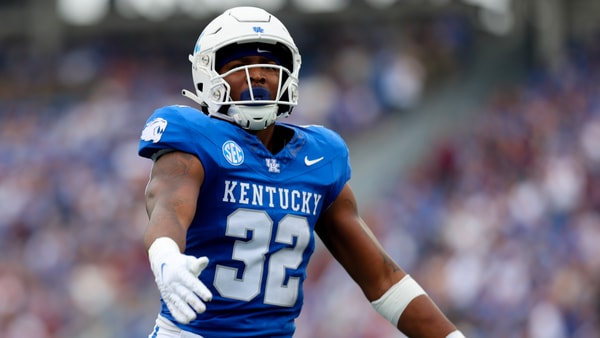
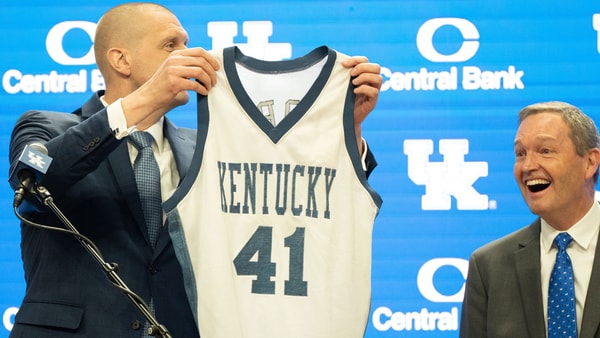
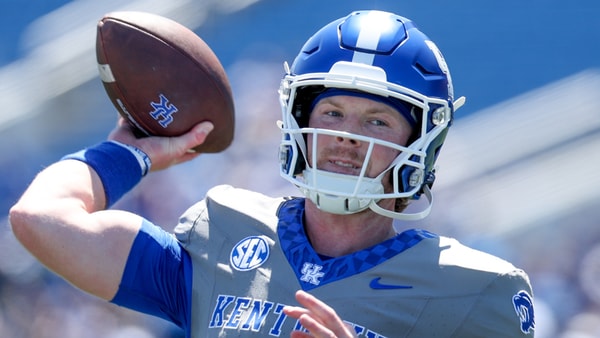
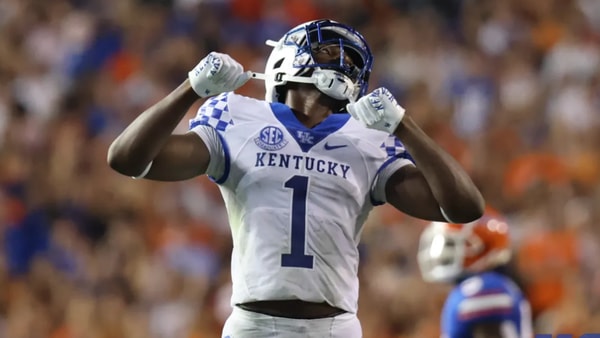
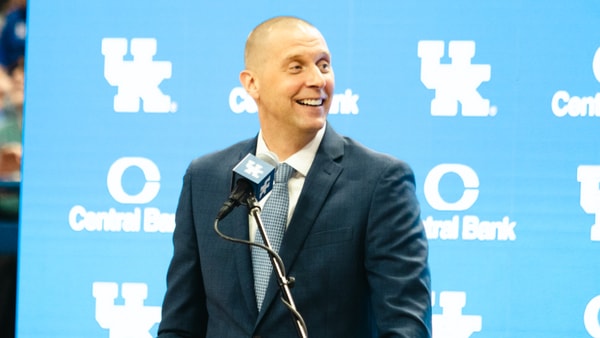
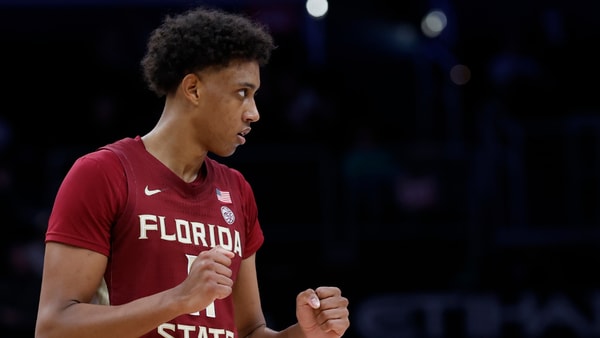
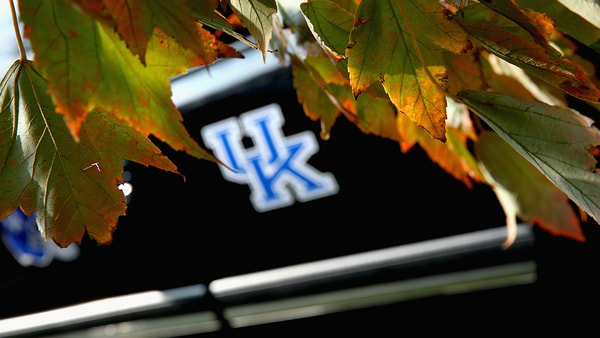
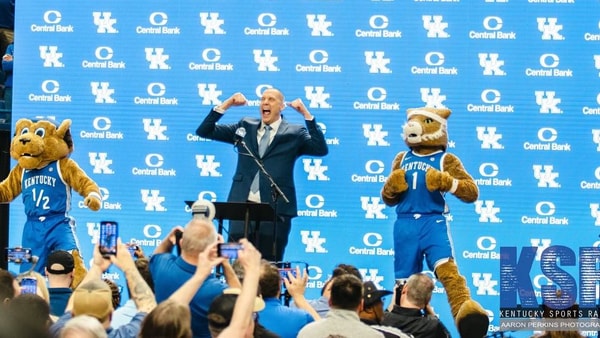
Discuss This Article
Comments have moved.
Join the conversation and talk about this article and all things Kentucky Sports in the new KSR Message Board.
KSBoard